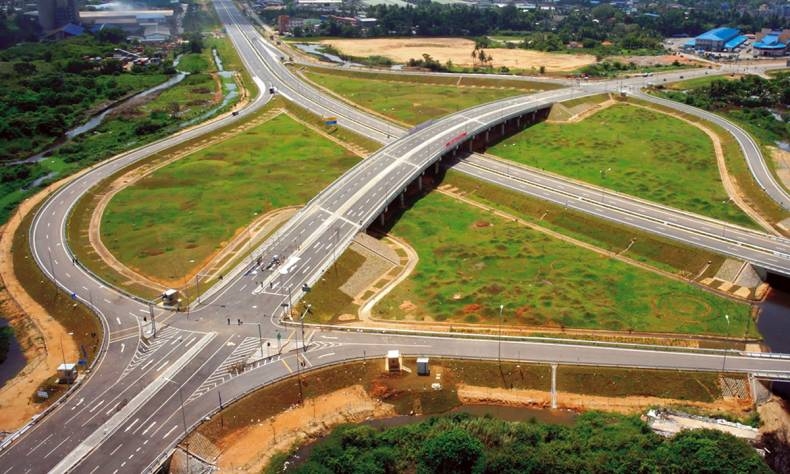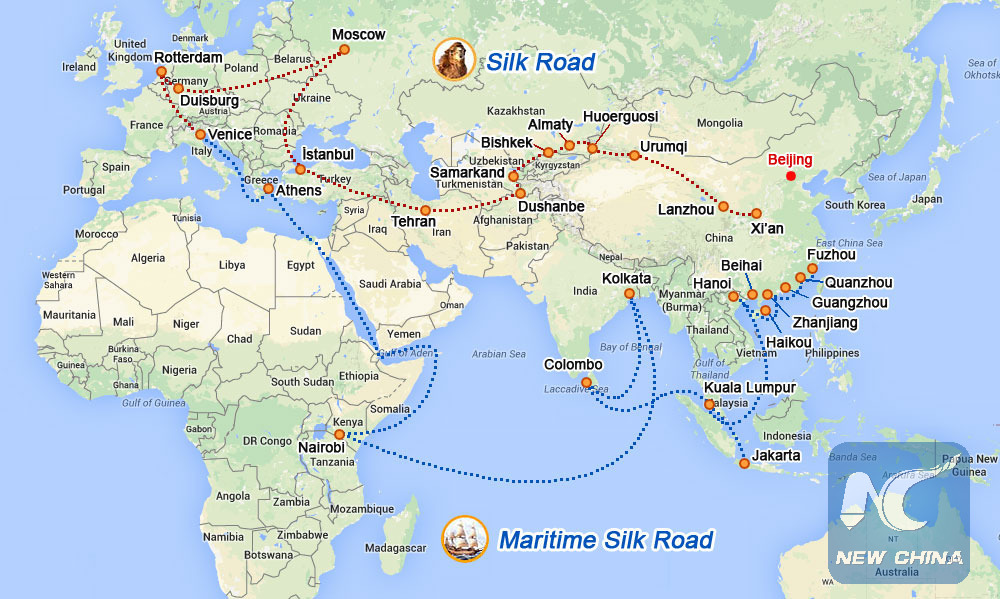
Dual Circulation, A New Stimulus for Belt and Road Cooperation
China has 1.4-billion population including 400 million middle-income consumers and 130 million market players. Thus, there is ample market capacity for both consumption and investment.
The Belt and Road Initiative is an important platform for supporting dual circulation, China’s new development model consisting of the domestic economy as the main thrust of growth complemented by the global economy.
The domestic economy is the mainstay because China is a super-large market with a high potential for domestic demand. The 1.4-billion population includes 400 million middle-income consumers as well as 130 million market players. Thus, there is ample market capacity for both consumption and investment.
Especially in recent years, consumption has become the major source of economic growth in China. In 2010, it contributed 49.3 percent to the GDP growth. The share increased to 55 percent in 2016, then to 55.8 percent in 2019. In 2020 there was a slight dip to 54.3 percent due to the COVID-19 pandemic but in 2021, it is expected to rise.
The Chinese economy has been supporting global economic growth. On one hand, Chinese imports and outward foreign direct investment (OFDI) have kept growing while on the other hand, there has been a trend of increased Chinese exports and continuous inflow of foreign direct investment (FDI) into the country.
Even during the pandemic in 2020, China’s foreign trade reached a record high of $4.65 trillion, up 1.5 percent year on year. Exports were worth $2.59 trillion, up 3.6 percent, while imports were $2.06 trillion, down 1.07 percent from 2019. The annual trade surplus grew dramatically at 26.9 percent to $535.03 billion.
China’s OFDI increased to $132.94 billion in 2020, up 3.3 percent year on year, while FDI in China reached $144.37 billion, up 4.5 percent, making it the destination most attractive to international capital that year.
China and other Belt and Road participating countries have greatly expanded cooperation in trade, investment and industrial capacity. In 2020, China’s trade with them increased by 1 percent. Particularly, trade between China and the Association of Southeast Asian Nations increased 7 percent. China’s non-financial direct investment in other Belt and Road participants grew 18.3 percent.

The Regional Comprehensive Economic Partnership agreement signed in 2020 among 15 Asia-Pacific economies will also benefit China, one of the participants, as well as the entire region and other Belt and Road participating countries.
The author is the executive dean and professor of the Belt and Road School, Beijing Normal University.
 Facebook
Facebook
 Twitter
Twitter
 Linkedin
Linkedin
 Google +
Google +










